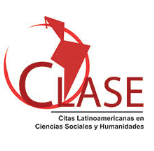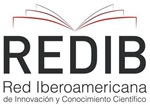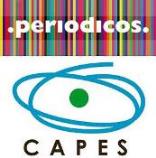COMUNICAÇÃO DIALÓGICA: ECOS E MOVIMENTO
Downloads
Referências
Andersen, T. (1999). Processos reflexivos. Rio de Janeiro: Instituto Noos/ITF.
Anderson, H. (1997). Conversation, language and possibilities – a postmodern approach
to therapy. New York: Basic Books.
Gergen, K. (2006). Therapeutic realities: collaboration, oppression and relational
flow. Chagrin Falls, Ohio: Taos Institute Publications.
Katz, A. & Shotter, J. (1996). Hearing the patient´s voice: a social poetics in diagnostic
interviews. Social Science and Medicine, 43(6), 919-931.
McNamee, S. (2004). Purity vs. promiscuity in the practice of family therapy: if
Rembrandt met Picasso how would their conversation go. Journal of Family
Therapy, 26, 224-244.
McNamee, S. (2016). The ethics of relational process: John Shotter’s radical presence.
In T. Corcoran & J. Cromby (Eds.), Joint action: Essays in honour of John
Shotter (pp. 89-101). New York: Routledge.
McNamee, S. & Gergen, K. (1992). (Eds). Therapy as social construction. London:
Sage.
Shotter, J. (1993). Conversational realities: constructing life trough language. London:
Sage.
Shotter, J. (2011). Getting it. Withness thinking and the dialogical... in practice. New
York: Hampton Press.
Shotter, J. (2017). Momentos de referência comum na comunicação dialógica:
uma base para a colaboração em contextos únicos. Nova Perspectiva Sistêmica,
(1), 5-8.
Downloads
Publicado
Como Citar
Edição
Seção
Licença
Autores que publicam nesta revista concordam com os seguintes termos:- Autores mantém os direitos autorais e concedem à revista o direito de primeira publicação, com o trabalho licenciado simultaneamente sob uma Licença Creative Commons Attribution após a publicação, permitindo o compartilhamento do trabalho com reconhecimento da autoria do trabalho e publicação inicial nesta revista.
- Autores têm autorização para assumir contratos adicionais separadamente, para distribuição não-exclusiva da versão do trabalho publicada nesta revista (ex.: publicar em repositório institucional ou como capítulo de livro), com reconhecimento de autoria e publicação inicial nesta revista.
- Autores têm permissão e são estimulados a publicar e distribuir seu trabalho online (ex.: em repositórios institucionais ou na sua página pessoal) a qualquer ponto antes ou durante o processo editorial, já que isso pode gerar alterações produtivas, bem como aumentar o impacto e a citação do trabalho publicado (Veja O Efeito do Acesso Livre).

















